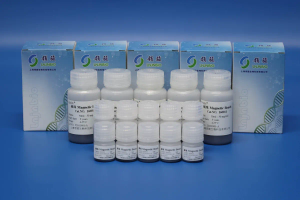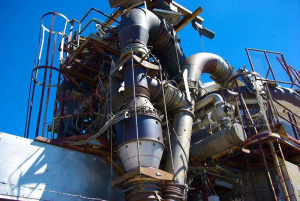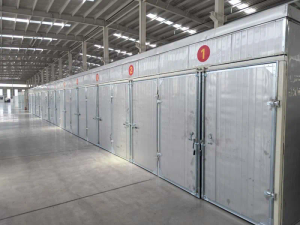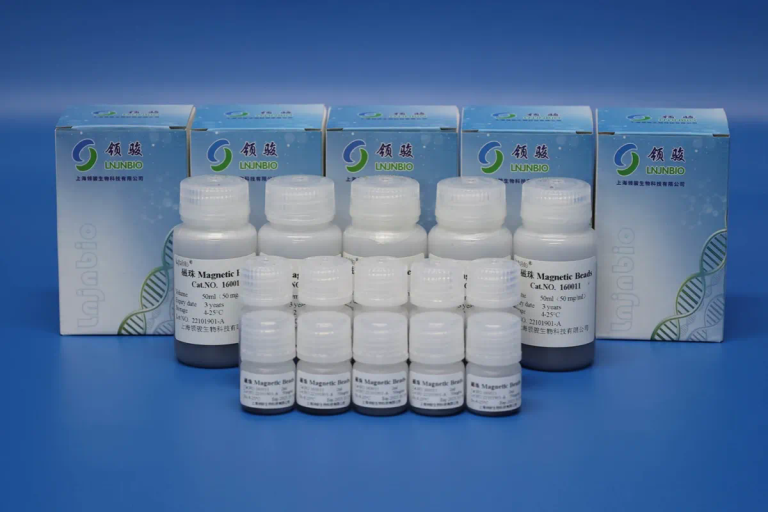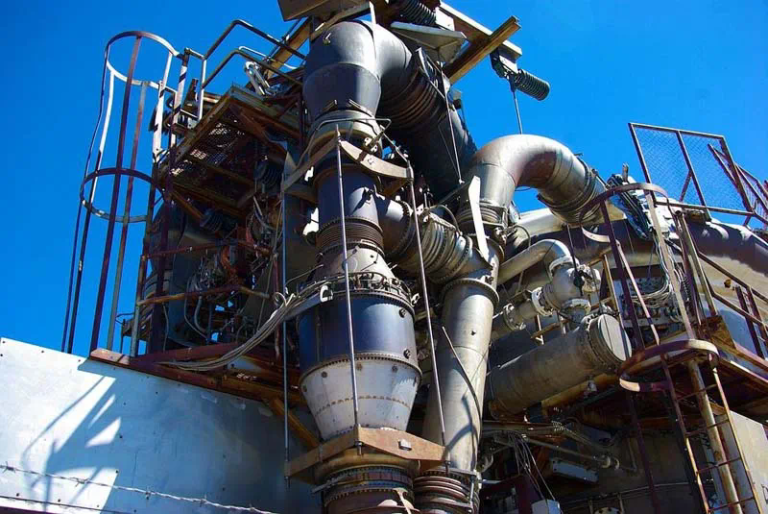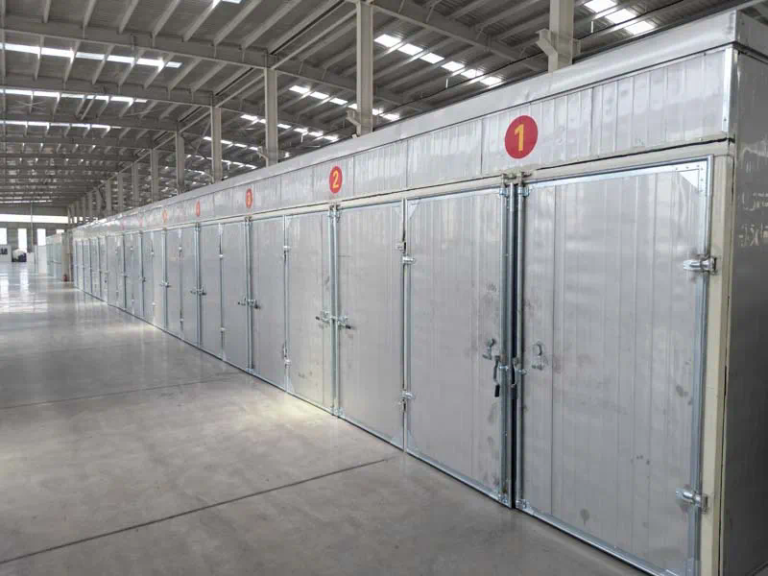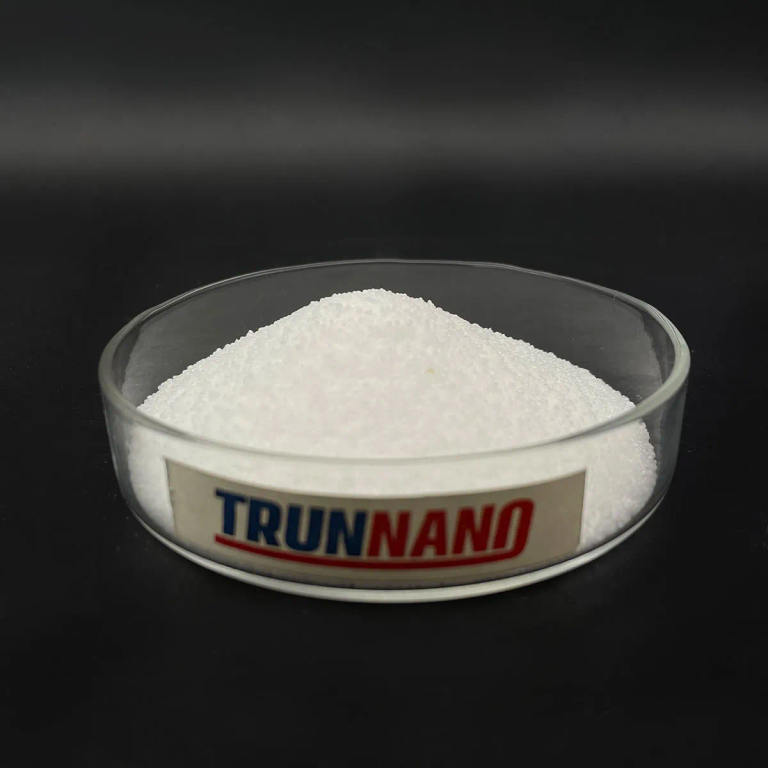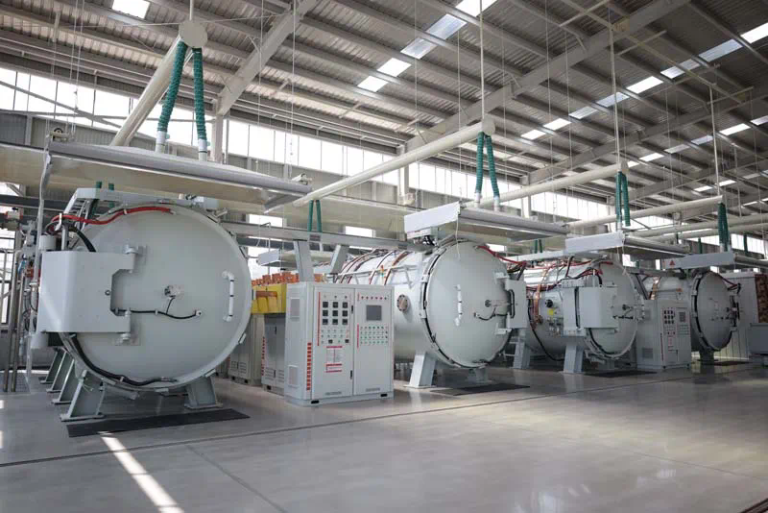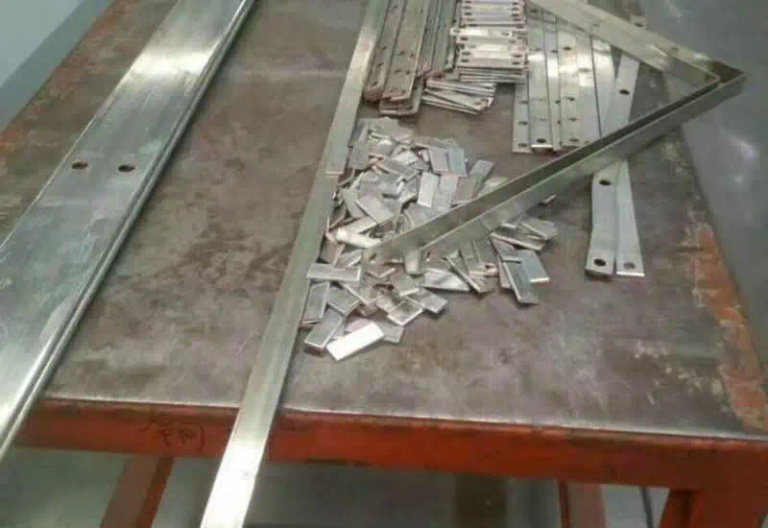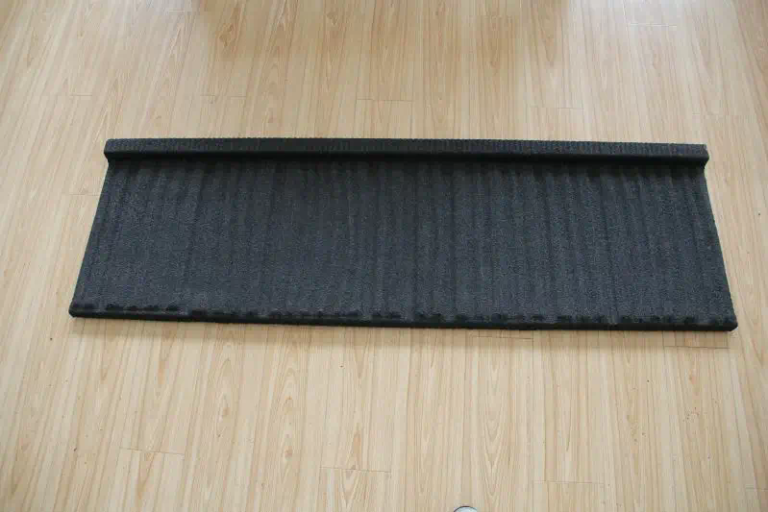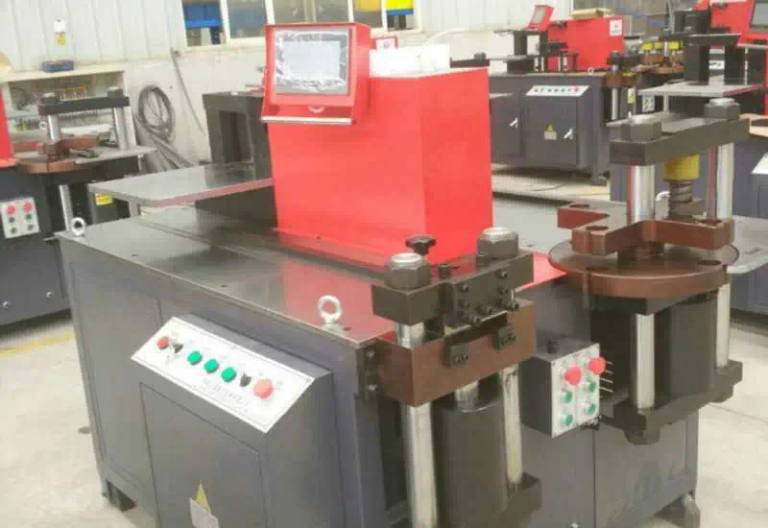With the continuous development of technology, the demand for high-precision machining is increasing. In the manufacturing industry, 5-axis CNC machining has become a popular choice due to its ability to produce complex and intricate parts with high accuracy. This article explores the accuracy of 5-axis CNC machining, discussing its advantages, challenges, and potential solutions.
Advantages of 5-axis CNC machining
1. Increased flexibility: Unlike traditional machining methods that require multiple setups to achieve complex geometries, 5-axis CNC machining allows for simultaneous multi-axis movements. This increased flexibility enables the production of highly intricate parts with reduced setup time and improved efficiency.
2. Improved surface finish: The ability to tilt or rotate the tool in multiple directions allows 5-axis CNC machines to reach difficult-to-access areas, resulting in improved surface finish. This is particularly beneficial for industries such as aerospace and medical, where precision and smoothness are critical.
3. Enhanced accuracy: 5-axis CNC machines offer superior accuracy compared to their 3-axis counterparts. By utilizing additional rotary axes, these machines can maintain consistent tool contact with the workpiece, minimizing errors caused by repositioning and reducing dimensional variations.
Challenges in achieving high accuracy
1. Machine stability: Achieving high accuracy in 5-axis CNC machining requires a stable and rigid machine tool. Any vibrations or deflections during operation can lead to inaccuracies in the finished part. Manufacturers need to invest in high-quality machines with robust structures and advanced vibration damping systems.
2. Tool deflection: As the tool reaches further away from the spindle, it becomes more prone to deflection. This deflection can result in deviations from the desired dimensions and affect the overall accuracy of the part. Proper selection of tooling materials, cutting parameters, and toolpath optimization can help minimize deflection and improve accuracy.
3. Calibration and compensation: Regular calibration and compensation procedures are crucial to maintaining accuracy in 5-axis CNC machining. Any misalignments or errors in the machine or tooling system must be identified and corrected promptly. Additionally, implementing real-time monitoring systems and adaptive control algorithms can further enhance accuracy by adjusting for any deviations during the machining process.
Potential solutions
1. Advanced machine design: Manufacturers are continuously developing innovative machine designs with improved structural rigidity, reduced thermal deformation, and enhanced vibration damping capabilities. These advancements significantly contribute to achieving higher accuracy in 5-axis CNC machining.
2. Cutting-edge tooling technologies: Tooling plays a vital role in maintaining accuracy. Manufacturers are investing in the development of high-performance cutting tools with improved stiffness and reduced deflection. Additionally, advanced toolpath generation algorithms optimize cutting trajectories to minimize tool deflection and improve accuracy.
3. Integrated metrology systems: In-process metrology systems, such as touch probes and laser scanners, can be integrated into 5-axis CNC machines to measure and verify part dimensions during machining. This real-time feedback allows for immediate adjustments and ensures that the final part meets the required specifications.
Conclusion
5-axis CNC machining offers unparalleled advantages in terms of flexibility, surface finish, and accuracy. While challenges exist, such as machine stability and tool deflection, manufacturers are actively pursuing innovative solutions to overcome these obstacles. With advancements in machine design, tooling technologies, and in-process metrology systems, the accuracy of 5-axis CNC machining continues to improve, enabling the production of complex parts with exceptional precision.
